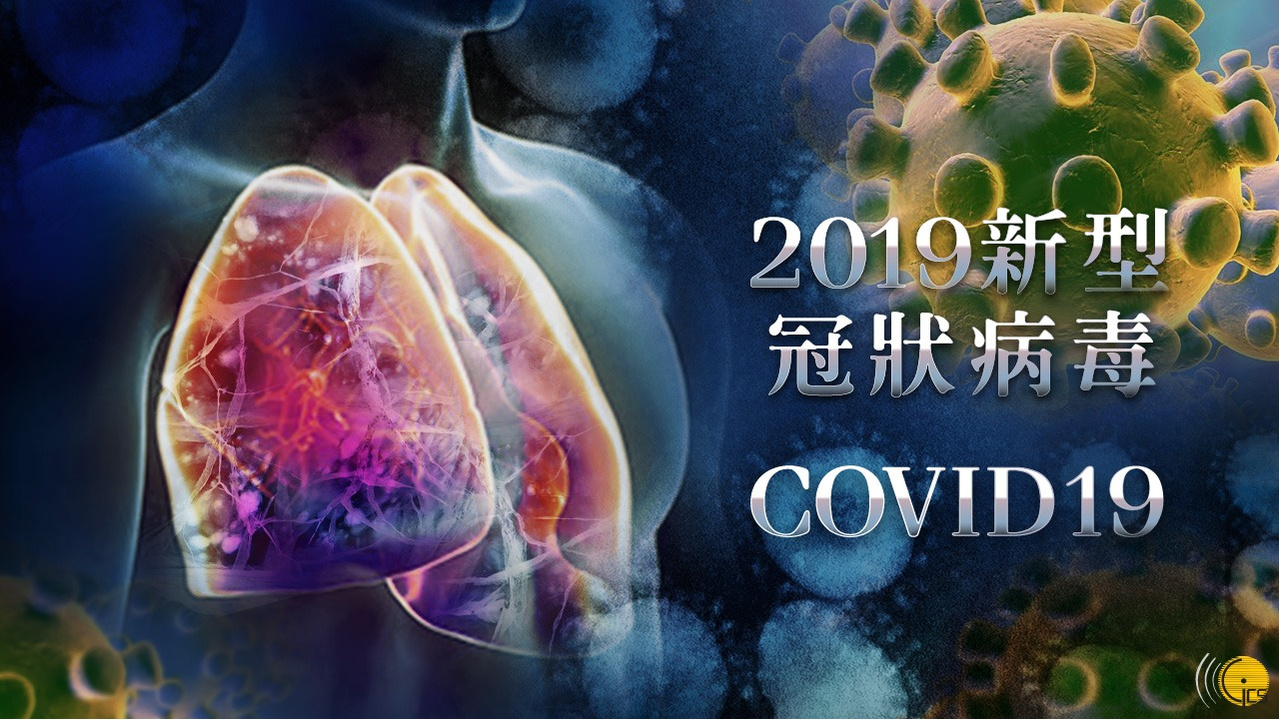
The Novel Coronavirus Response and Coordination Centre has confirmed over the past few days five new cases of imported COVID-19 infection, taking to 38 the tally of confirmed cases in Macao.
Macao’s initial 10 confirmed cases had all been discharged after receiving treatment at Conde S. Januário Hospital.
Among the 28 patients in Macao confirmed currently to have COVID-19 infection, a female 50-year-old patient – identified as the 18th infection case – is described as being in a severe condition. On Sunday (29 March), she had experienced breathing difficulties and had low levels of oxygen in her blood. A computed tomography (CT) scan showed the patient had pneumonia that showed signs of worsening. She has been under close observation and is being treated at Conde S. Januário Hospital.
The 34th case – the first of the five recently confirmed – involves a 43-year-old male Macao resident.
On 18 March, the now-patient travelled with his two children on Cathay Pacific Airways flight CX902 from Manila, in the Philippines, to Hong Kong. He travelled in business class, in seat number 14A. Upon arrival at Hong Kong, the group of three took a bus to the Hong Kong-Zhuhai-Macao (HKZM) Bridge’s Hong Kong boundary checkpoint, and then a coach via the HKZM Bridge to Macao.
None of the three showed any symptoms of illness during checkpoint formalities at the HKZM Bridge’s Macao boundary crossing area. Under the Macao epidemic-control measures in place at that point, the three were directed to undergo a 14-day period of self-observation at home in relation to their health.
An initial test on 26 March showed the now-patient having a preliminary-positive result for the novel coronavirus. Two further swab samples taken on 27 March from the nasopharyngeal area of the now-patient produced ‘negative’ readings. However, a CT scan showed he had signs of pneumonia and he was subsequently confirmed as being infected with COVID-19.
The man’s daughter and son were classified as having close contact with the COVID-19 patient. His daughter claimed she had contracted the virus and recovered from the disease. Her nasopharyngeal swab and Immunoglobulin M (IgM) test were ‘negative’ for infection but an Immunoglobulin G (IgG) test gave a ‘positive’ result. She was kept at Conde S. Januário Hospital for further examination. The man’s son took tests which showed ‘negative’ readings. He was taken to the Public Health Clinical Centre in Coloane for a 14-day period of medical observation.
Macao’s 35th infection case involves a 19-year-old male Macao resident, who had been studying in the United Kingdom. On 26 March, he boarded Virgin Atlantic flight VS206 from London to Hong Kong. He was in seat number 21G. On 27 March, he took a Government-chartered coach to Macao from Hong Kong International Airport via the HKZM Bridge to the HKZM Bridge’s Macao boundary crossing area.
During checkpoint formalities, he was found to have a fever and also complained of chest pain. He was taken directly to Conde S. Januário Hospital. On 28 March he tested positive for COVID-19. The 19-year-old is now being kept in isolation for treatment at Conde S. Januário Hospital.
The city’s 36th confirmed COVID-19 infection involves a 21-year-old male Macao resident who was returning from the Portuguese Republic.
On 13 March, he took Emirates flight EK194 from Lisbon to Dubai, in the United Arab Emirates. He was in seat number 40A on that leg of the journey. He then boarded connecting Emirates flight EK380 from Dubai to Hong Kong. He was in seat number 46D. He arrived in Macao in the early morning of 15 March. Upon arrival he was directed to undergo a 14-day period of self-observation at home in relation to his health.
On 17 March, he was taken to Conde S. Januário Hospital as he had a fever and a headache. Tests conducted respectively on 18 March and 20 March produced ‘negative’ readings. He was permitted to continue the period of health observation at home. A nucleic acid test conducted on 27 March showed a positive result. A nasopharyngeal swab on 28 March confirmed his infection.
The 21-year-old is now being kept in isolation for treatment at Conde S. Januário Hospital. He is described as showing mild clinical signs of infection relating to the novel coronavirus.
The 37th infection case involves a 32-year-old male Portuguese national who is also a Macao resident. He is the fiancé of the city’s 11th confirmed COVID-19 patient.
On 12 March, the couple took flights from Porto to Dubai and then on to Hong Kong and arrived in Macao in the early morning of 14 March. The man had been classified as a person that had been in close contact with the 11th patient and had been undergoing a period of medical observation at the Public Health Clinical Centre in Coloane since 16 March. Nasopharyngeal swab tests conducted respectively on 16 March and 18 March gave ‘negative’ readings. A third nasopharyngeal swab test done on 28 March confirmed he was infected with COVID-19.
The 32-year-old is now being kept in isolation for treatment at Conde S. Januário Hospital. He is described as showing mild clinical signs of infection relating to the novel coronavirus.
The 38th confirmed COVID-19 case in Macao involves a 44-year-old male Macao resident, who had returned from the United Kingdom.
On 18 March, the now-patient arrived in Macao via the HKZM Bridge. He was directed to observe – under existing epidemic-control measures in place in Macao – a 14-day period of medical observation at the Golden Crown China Hotel in Taipa. Tests conducted respectively on 21 March and 22 March gave ‘negative’ readings. A nasopharyngeal swab test conducted on 29 March showed he was infected with the virus.
He is now being kept in isolation for treatment at Conde S. Januário Hospital. He is described as showing mild clinical signs of infection relating to the novel coronavirus.


